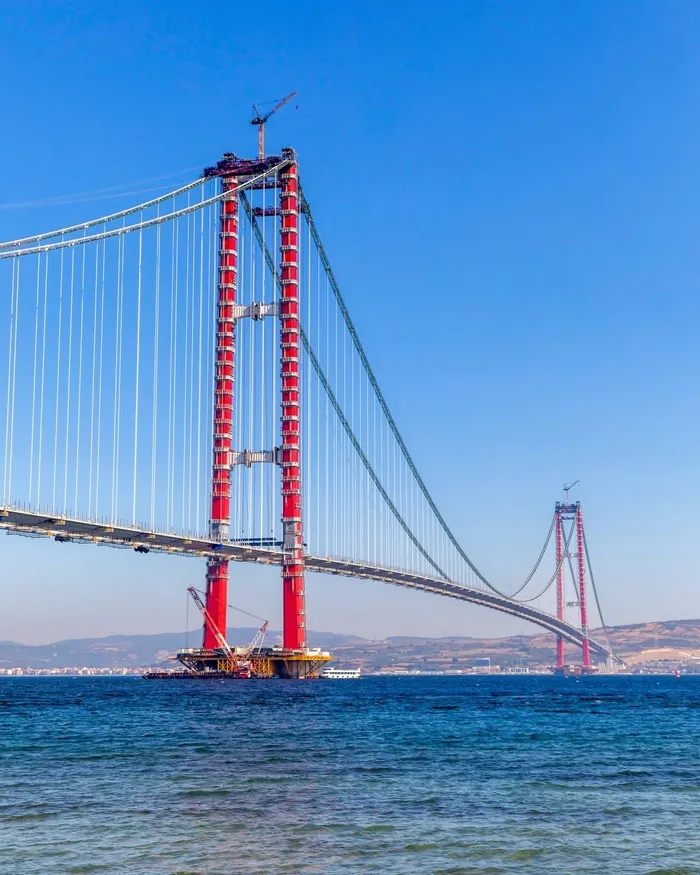Italy approves R280bn construction of the world’s largest suspension bridge

Italy has officially approved the construction of the world’s longest suspension bridge, connecting Sicily to the mainland.
Image: Instagram.
In a historic decision, Italy has paved the way for the construction of the world's largest suspension bridge, which will span the Strait of Messina, connecting the mainland to Sicily.
With a projected cost of €13.5 billion (approximately R280 billion), the infrastructure project, long caught in a web of controversies, is now set to take its most significant leap forward, aiming to improve regional connectivity and boost economic growth in southern Italy.
Transport Minister Matteo Salvini made the announcement at a news conference in Rome, saying that the bridge will be "the biggest infrastructure project in the West."
While Prime Minister Giorgia Meloni added that it's an engineering symbol of global significance,
She also said that she considers it an "investment in Italy's present and future".
Once the documents are rubber-stamped, construction could commence as early as 2026, with initial groundwork beginning as soon as late September or early October.
It is expected to be completed between 2032 and 2033.
The ambitious Strait of Messina Bridge has encountered numerous roadblocks since the Italian government first proposed it back in 1969.
Over the decades, it has been both approved and cancelled multiple times, with concerns ranging from natural disaster vulnerabilities to environmental repercussions and the threat of mafia interference.
The proposed bridge will stretch nearly 3.7 kilometres, with a suspended span of 3.3 kilometres that would eclipse the current record held by Türkiye’s Çanakkale Bridge by an impressive 1 277 metres.

The Çanakkale Bridge, which connects the continents of Asia and Europe is currently the longest mid-span bridge in the world.
Image: Instagram.
The design, crafted by the industrial group Webuild, features an aerodynamic wing profile and a deck shape reminiscent of a fighter jet, designed to withstand the high winds typical of the region while facilitating proper airflow through its structure.
With three car lanes in each direction and a double-track railway, the bridge will be engineered to handle 6 000 vehicles per hour and up to 200 trains a day, and will slash travel time from 100 minutes by ferry to just 10 minutes by car.
Despite its potential benefits, the project has not been free from controversy.
Environmental groups have filed complaints with the European Union, citing concerns the project will impact migratory birds, noting environmental studies had not found that the project is a public imperative and any environmental damage would be offset.